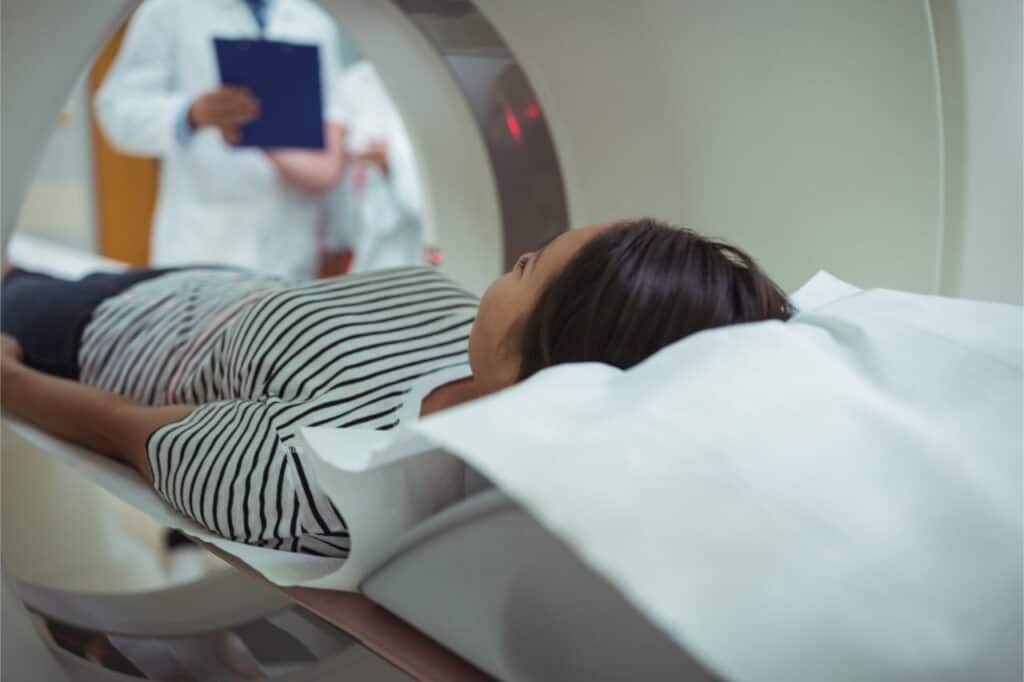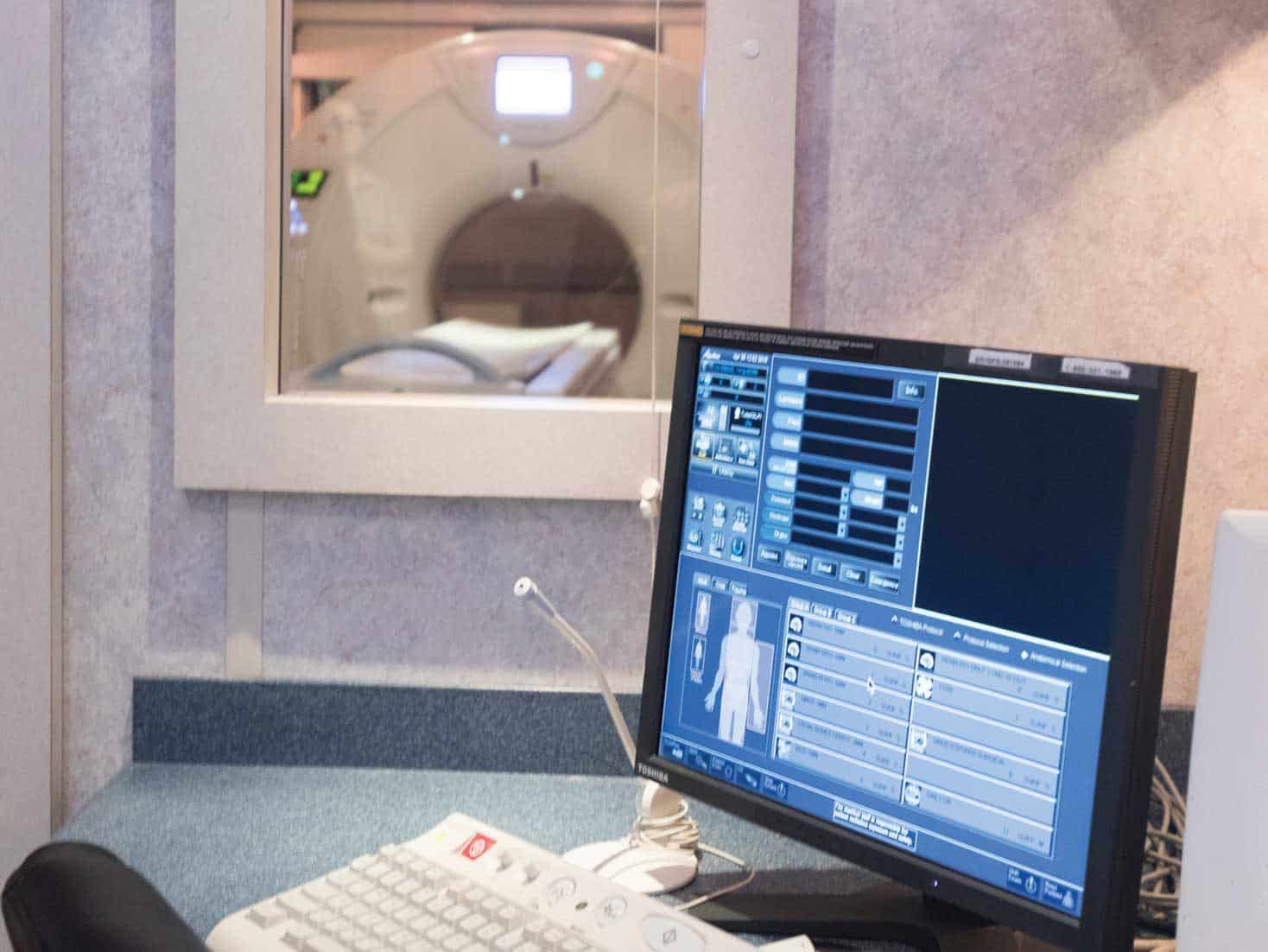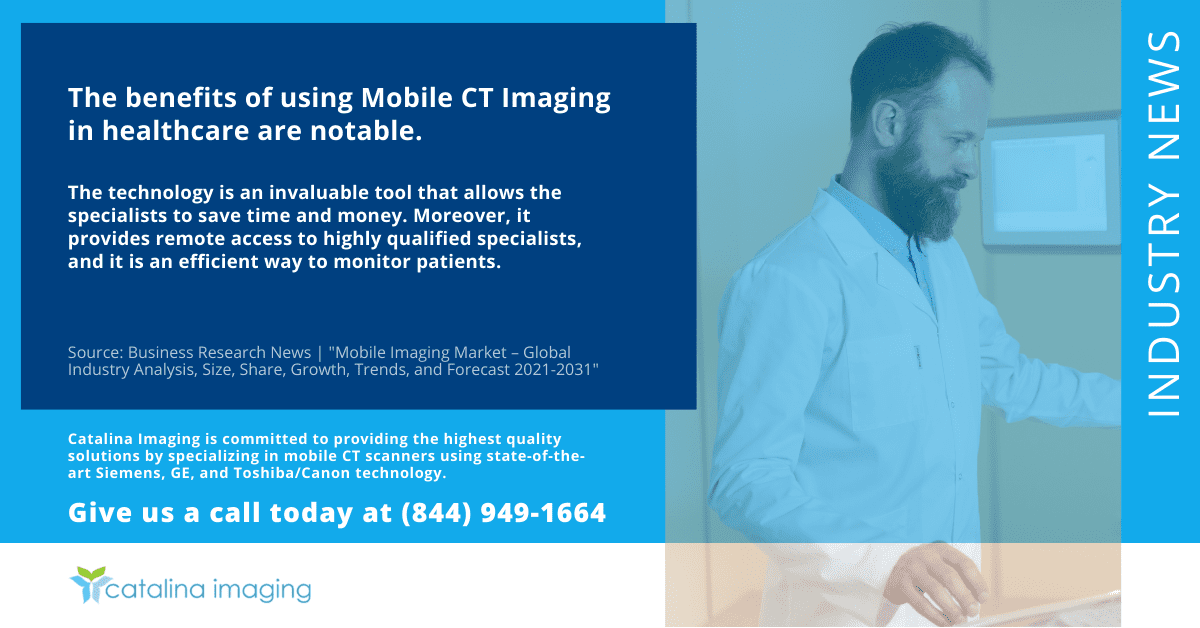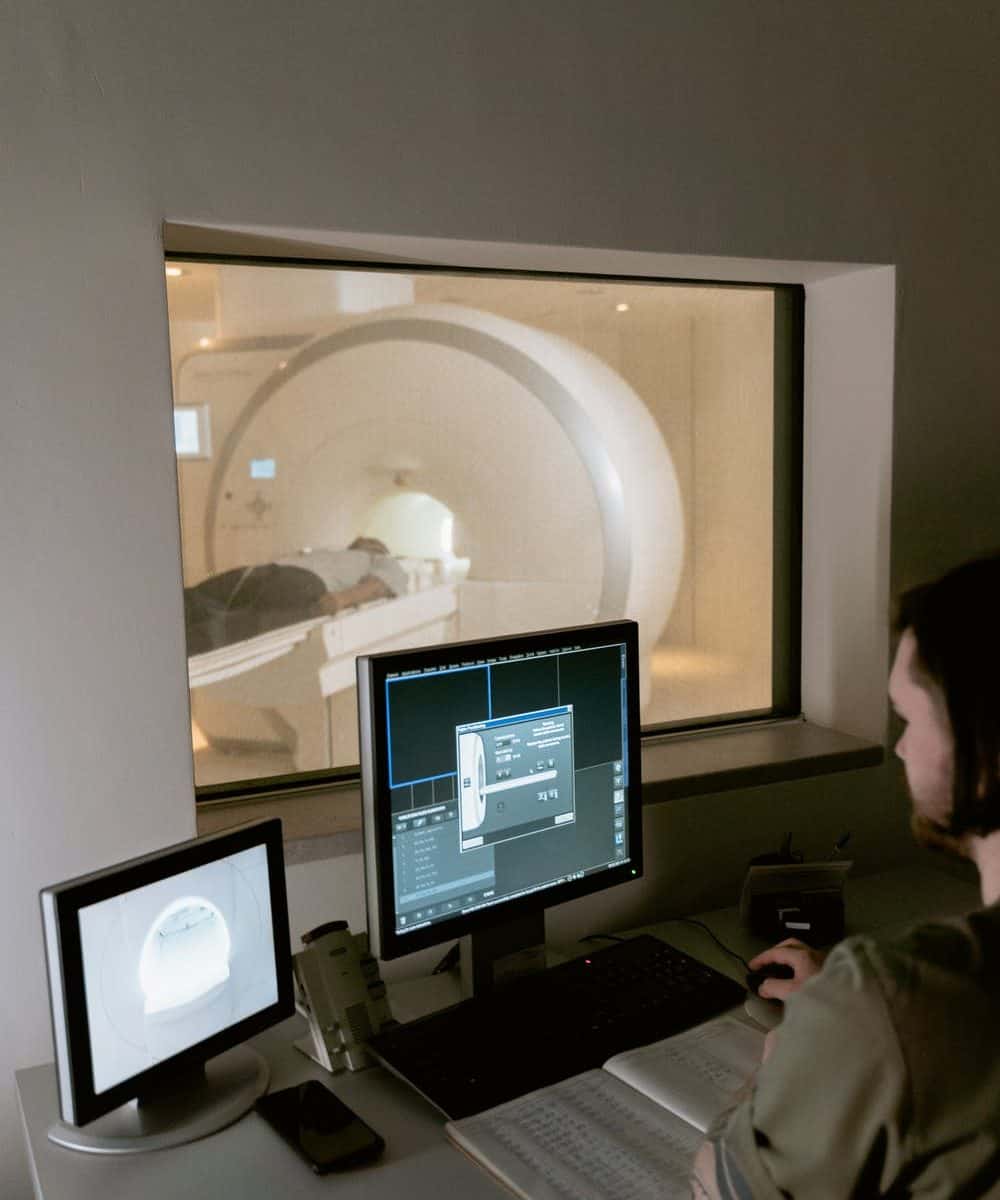With over 40 years of clinical experience in diagnostic imaging and the last 18 as a vendor CT Clinical Application Specialist, I have noticed some common misconceptions among CT Technologist which I would like to discuss. Misconceptions, which if not understood can lead to higher than necessary patient exposure as well as a degradation in CT image quality. There are also misconceptions about terminology which I hope to clear up as each vendor has their own specific terminology for processes in CT which mean the same thing, such as scout, pilot and topogram just to make a simple one.
It doesn’t matter how a patient lies down on the CT couch.
Patients should be carefully positioned at gantry isocenter. So many times while conducting CT application training, I have observed technologist not carefully or properly positioning patients on the CT couch to isocenter within the gantry. This is so imperative for a couple reasons. Number one being the x-ray exposure to the patient and number two being image quality.
The X-ray exposure to the patient is calculated from the AP and Lateral scout views, along with many other scanning and reconstruction factors, determined by the system software. The patient needs to be positioned at gantry isocenter because this is where the computer will read the density of the anatomy being imaged (notice I did not say patient size!). Tube Current modulation in modern CT systems offer offer a modulation scheme which includes adjustment of the mA in an X and Y direction or angular, as well as Z axis or longitudinal mA modulation. This type of mA modulation adjusts the exposure to the size and shape of the patient’s anatomy, which will result in the proper exposure for the requested image quality setting within the imaging protocol, the noise value. If the patient is too high in the scan field of view or too low in the scan field of view, the exposure software reading the scout images will make an incorrect assessment of anatomical densities. Too high in the scan field of view will lean to a higher CT exam exposure to the patient. Conversely, to low in the scan field of view will lead to a CT exposure which is too low to maintain the image quality setting within the scan parameters. Scan field of view choices should be selected based on the patient’s body habitats and the patient carefully positioned within the scan field to gantry isocenter. If the patient is not correctly positioned in the scan field of view within the system gantry, both X-ray exposure and image quality will be affected.
This is also because of the bow-tie filter incorporated in the system, which is chosen automatically with the scan field of view. The purpose of a bow-tie filter is to attenuate the X-rays at the elliptical skin surface of the patient and thus reducing exposure to those areas. A patient positioned in an off center lateral or vertical direction will lose the advantages of the bow-tie filter.
The source to image receptor distance in CT systems is a constant which does not change. The X-ray source to gantry isocenter is also a constant. The variable is with patient positioning either being too high relative to gantry isocenter or too low. An increase of the object to detector distance will result in a proportional increase in magnification of the radiographic image. Since in CT, data is collected for image reconstruction from 360 degrees of angulation around the patient, the patient must be properly positioned to avoid image distortion within the reconstruction process.
Image reconstruction has no effect on patient exposure.
Modern CT system have some very intuitive exposure control systems which take into account not only the size, positioning and density of the patient being scanned, they also look at noise levels within an image data set, reconstruction algorithms and reference or reconstruction slice widths.
A noise level or standard deviation, is set in the scan parameters which exposure control systems use to calculate how much the mA can modulate through the scan range while maintaining the specific noise level or standard deviation within the reconstructed data set for the reference slice width. This sets the signal to noise ratio for the scan. Reference slice width or a reconstruction slice width also plays a part because thinner slice widths are inherently noisier than thicker slice widths and therefore would require the system to put out more energy (signal) to maintain the set noise level in a thinner reconstructed slice width.
Reconstruction algorithms also effect patient exposure when using automated exposure controls because some reconstruction algorithms are much more edge enhancing than others. Reconstructions such as lung or bone to use extreme examples. Other subtle differences in reconstruction algorithms may be experienced by using the reconstruction algorithms of a particular vendors system. For the same body region, say soft tissue for example, you may see different algorithm choices. Some more sharp some more smooth, some with more or less contrast and some with larger or smaller grain size depending on the likes of the reading radiologist. Depending on your system, these reconstruction choices may be built within an exposure control default setting, or on an exposure control tab or an image reconstruction tab which the technologist sets prior to scanning the patient. This varies by vendor and vendors software advances which automates the exposure control systems.
All CT vendors will provide application support to your facility with the purchase of a new system. As the system is being used by many technologist over its years of use it may have been modified away from the manufacturers default settings, thus negatively affecting patient exposure and image quality. Scheduling an applications visit from a qualified specialists should take place periodically and is just as important as routine system maintenance.
There are other considerations when employing a mobile CT solution at a facility. Mobile CT systems are moved from facility to facility, and the scanning and reconstruction parameters set on the system could have been set by some well-meaning but very uninformed technologist. As the user of a mobile system there should be some insistence that the service engineer setting up the mobile unit reinitialize the system defaults and scanning protocols so you are starting off with an imaging system scanning as designed by the manufacturer. Not doing so, is to rely on the staff using the system prior to arriving at your facility to have set it up correctly, which most likely, (and in my experience) will not be the case. Using a system which is not optimized to the manufacturers specifications can lead a facility to false impressions regarding a given vendor or equipment. Radiologist may complain regarding image quality or have issues with patient exposure, so it’s always a good idea to have the system properly set up. If you are using a mobile CT solution on a temporary basis while a new system is being installed at your facility, it would be beneficial to your staff to have a system from the same vendor as the system being installed. This will assist the staff with learning the new system operating software, should you be switching CT vendors. This gives your staff a leg up on the transition. Have the mobile company supply a few days of application support to assure your staff technologist and physicians are happy with the system operation and to train staff with building scanning protocols, raw data reconstruction, MPR and any other post processing necessary for your facility. It is important that the person doing the training is very qualified, and familiar with the selected mobile system.
Automatic generation of coronal and sagittal data sets.
Positioning the patient properly will give an improvement of image quality with symmetry to the axial plane, and the correct automatic generation of coronal and sagittal views.
Modern CT scanners have the ability to improve technologist workflow by allowing for the automatic generation of coronal and sagittal views within a scanning protocol. These views however are actually generated in a reconstruction slice width and interval from the top of the display field of view to the bottom of the display field of view and we call these images coronal views when the patient is lying supine on the CT couch. The same is true of the sagittal image data set. It is re-constructed from right to left or left to right depending on how the protocol is determined. However, these views are only true direct coronal or true direct sagittal image data sets when the patient is properly positioned on the CT couch and properly aligned to the laser positioning lights. So many times patients are positioned and scanned on the couch in a slight oblique and/or rotated plane. This leads to sub optimal image data sets being sent to a radiologist who then must make a diagnosis for the patient. Since it takes only a few minutes to make sure that the patient is properly positioned and aligned to the laser positioning lights, all CT technologist should not avoid this important preliminary step. Proper patient positioning is necessary for assuring the right exposure to the patient, and the best image quality for the radiologist. It is important to remember that a technologist should always ask the patient for permission to touch them and explain why prior to moving the patient to align them with the positioning lasers.
Higher kVp, is it better for CT Angiography, CTA?
When performing CT angiographic studies, so often I come across scan protocols utilizing a very high kVp of 130-140. I have heard technologist say that it because you have to penetrate the contrast, or that the body part is thick and dense. In my experience, patients with a BMI of 30 or less, 100 kVp will penetrate the patient’s anatomy and will yield to a more contrasting image data set because the kVp is closer to the K edge of the iodine contrast. A technologist will see an increase in the mA value set by the systems exposure control system as it compensates to maintain the signal to noise ratio set in the protocols. In my experience that little bump in mA, which yields more photons to the detector, will produce a lower CTDI than which would be achieved using 120-130-140 kVp.
Since we are discussing CT angiograms, helical pitch is another scan parameter which is misunderstood in CT angiography. Modern CT systems usually have table speed options for helical pitch which include a slow table speed which would provide for a smaller available scanning range but with higher image detail and image quality and dose to the patient, to a fast table speed giving a longer scan range with a shorter total scan time. A slow table speed is not desirable for CT angiograms because you could lose your contrast bolus, increase venous contamination in the image set and leads to a higher than necessary patient exposure. Use either a standard pitch or a faster pitch, and remember your exposure control system will compensate with a bump in the mA value. For example, I like a faster table speed and 100 kVp for a PE study because I can capture the beating heart with less motion artifact in the lung fields and in the ascending aorta. The lower kVp means that the IV contrast on my images will be brighter because it is less penetrated.
How does Scan Field of View affect neuro image quality?
The CT image we view on the computer screen is made up of CT Pixels displayed over the CT matrix. It is the field of view divided by the matrix which determines the size of the pixels in the displayed image. Keeping in mind that the smaller the pixel size, the greater the special resolution, CT technologist should endeavor to scan brain/neuro studies in the smallest field of view that will encompass the patient’s anatomy, in this case the head. This usually requires more precisely positioning the patient’s head at gantry isocenter. So many times I have witnessed staff technologist move the scan range either more anterior, posterior or laterally to encompass the patient’s anatomy because it was not properly positioned within the scan field which can be quite small, 240mm in some cases. This moving of the scan acquisition results in the system shifting the scan parameters from a small scan field of view, say 240 mm to a slightly larger field of view (320-400mm) which changes the pixel size. Scanning in a larger field of view will create larger pixels thus compromising spacial resolution required for brain and neuro imaging. Technologist should keep in mind that it is better to re-position the patient within the small scan field of view and not continue the habit of moving the scan field of view to the patient’s position. This is also necessary for proper CT exposure reporting. Brain scans should have a dose calculation based on a 16cm water phantom and there is a possibility that a change in the scan field of view could change the exposure calculation. When scanning multiple anatomical areas using the same set of scout images, such as a head and neck or C spine, the technologist should carefully center to the patient’s head as that has the smallest field of view requirement for both proper spatial resolution and exposure reporting.
Thin overlapping image reconstruction is not Raw Data.
Thin overlapping images have a wide variety of uses from the creation of simple coronal and sagittal data sets without stair stepping artifacts caused by thick data sets, to MIP and MINIP data sets created automatically on the CT system. Thin overlapping data sets are loaded into sophisticated 3D workstations and advanced diagnostic computer applications such as Cardiac, Perfusion and Dual Energy. These thin image data sets, (since they are reconstructed images), are at times wrongly referred to as Raw Data. Rule of thumb, if you can see it, it is image data. This misrepresentation may be because the thin data set is often reconstructed at the raw data or acquired slice width, however with an overlap by as much as 50%. This type of reconstruction improves Z axis resolution while limiting partial volume averaging. Since these data sets are reconstructed images, they are not Raw Data.
The term Raw Data should be reserved only to describe the digital data collected from the scan acquisition prior to its reconstruction process. This Raw Data is held by the system and is made available to the operator for further manipulation until such time that it is automatically overwritten or the operator deletes it, if it is not protected.
Raw Data is used and manipulated by the operator when there is required a change in the display field of view, reconstruction algorithms, to change the start and end point of a reconstruction, a change of slice width, interval or any change in X and or Y component of a reconstructed image data set.
MPR is not a “reconstruction”.
MPR is often referred to as a Multi Planer Reconstruction, as many technologists use this term to refer to the coronal, sagittal, oblique or curved images made from the thin overlapping axial image data sets. We should consider that MPR is actually a Reformat (“to give a new format to, revise or represent in another format”. Definition from Oxford Language Dictionary), of the thin axial images to a change of projection to the coronal, sagittal, oblique or curved plane. The first use of Reformat according to Merriam Webster was in 1967 as a transitive verb meaning: “To format (something) again or in a different way.” Since image data is used and manipulated (reformatted in a different way) to a different plane of view, Reformat or Reformation would be the proper term for this kind of image.













